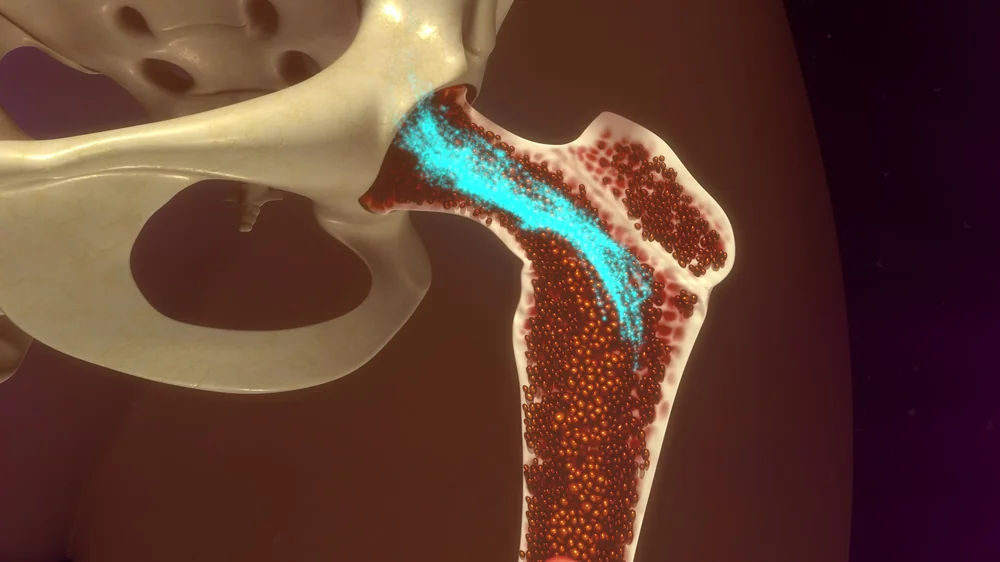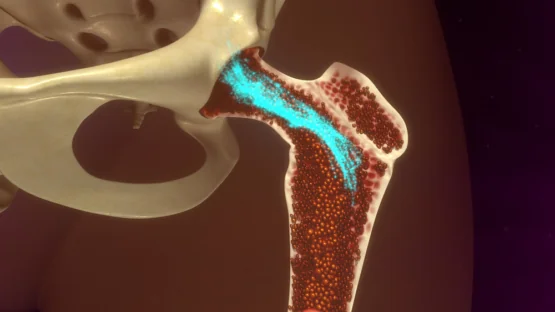Scientists have verified the effectiveness of stem cell transplants, researched a core reason behind it, and published their findings in Aging Cell.
The niche controls what stem cells do
Back in 1978, Raymond Schofield proposed that hematopoietic stem cells (HSCs), which make blood cells, are governed by their local microenvironment, the niche in which they function [1]. This finding has been repeatedly confirmed over the past 45 years, with experiments showing that perturbing this niche leads to dysfunction and confirming the value of entirely different cells in controlling HSCs’ behavior [2].
Many of the specific chemical signals sent by the niche components have also been identified, and they are often named after this role, including stem cell factor (SCF), stem cell location chemokine (CXCL12), stromal cell derived factor 1 (SDF-1), and E-selectin, a glycoprotein expressed by endothelial cells. Such factors are required for growth and development [3].
However, HSCs also affect their own niche, and transplanting old HSCs into young mice has only limited effectiveness [4]. As one of the core ways in which HSCs age is a decrease in autophagy [5], the ability to consume their own components, the researchers focused on it for their study.
Autophagy and the niche
The researchers studied three populations of mice: a 10-week-old wild-type group, a 72-week-old wild-type group, and a 10-week-old group that lacked Atg7, a critical gene for autophagy. As expected, the non-Atg7 group had HSCs that acted similar to the HSCs of old wild-type mice, expressing similarly low levels of niche factors and sharing many of the same differences from young wild-type mice in gene expression.
The researchers also found similar results in human beings, with slight depletions in these factors in older people but substantial depletions in people with leukemia.
The non-Atg7 mice also had many of the same bone marrow problems as old mice, including visible losses in structural components and an imbalance in cell populations. Both non-Atg7 and old mice had a substantial increase in mesenchymal stem cells (MSCs), but those cells, too, lacked niche factors.
Transplantation rescues function
The researchers took 2,000 HSCs from young mice with reporter genes, 200,000 mixed cells from the bone marrow of young wild-type mice, and injected them into the bone marrow of non-Atg7 mice. The researchers report that this procedure was extremely effective in multiple areas: blood cell creation (hematopoiesis) was restored, cell proportions were renormalized, and critical niche factors were replenished close to the levels seen in normal young mice. HSC transplantation even saved mice that had been previously irradiated in a way that destroys their bone marrow.
Even cells that presumably had nothing to do with hematopoiesis were affected. These researchers reported that substantial fractions of endothelial cells and MSCs in the treated non-Atg7 mice were exhibiting reporter genes, showing that these niche-affecting cells came from the donated HSCs.
Best of all, these results were confirmed in human beings. HSC transplantation is already available, and these researchers report that leukemia patients that had received HSC transplants from healthy young donors had their niches rescued, with a corresponding decline in inflammatory factors and a corresponding increase in functional blood cells.
While this paper does not address the potential immune consequences of stem cell transplantation, it offers confirmation of the effectiveness of existing therapies and hope for more effective future therapies. It may be worthwhile to investigate HSC transplantation as a treatment for age-related diseases.
Literature
[1] Schofield, R. (1978). The relationship between the spleen colony-forming cell and the haemopoietic stem cell. Blood cells, 4(1-2), 7-25.
[2] Roberts, E. W., Deonarine, A., Jones, J. O., Denton, A. E., Feig, C., Lyons, S. K., … & Fearon, D. T. (2013). Depletion of stromal cells expressing fibroblast activation protein-a from skeletal muscle and bone marrow results in cachexia and anemia. Journal of Experimental Medicine, 210(6), 1137-1151.
[3] Ara, T., Tokoyoda, K., Sugiyama, T., Egawa, T., Kawabata, K., & Nagasawa, T. (2003). Long-term hematopoietic stem cells require stromal cell-derived factor-1 for colonizing bone marrow during ontogeny. Immunity, 19(2), 257-267.
[4] Kuribayashi, W., Oshima, M., Itokawa, N., Koide, S., Nakajima-Takagi, Y., Yamashita, M., … & Iwama, A. (2020). Limited rejuvenation of aged hematopoietic stem cells in young bone marrow niche. Journal of Experimental Medicine, 218(3), e20192283.
[5] Fang, Y., An, N., Zhu, L., Gu, Y., Qian, J., Jiang, G., … & Wang, J. (2020). Autophagy-Sirt3 axis decelerates hematopoietic aging. Aging Cell, 19(10), e13232.




